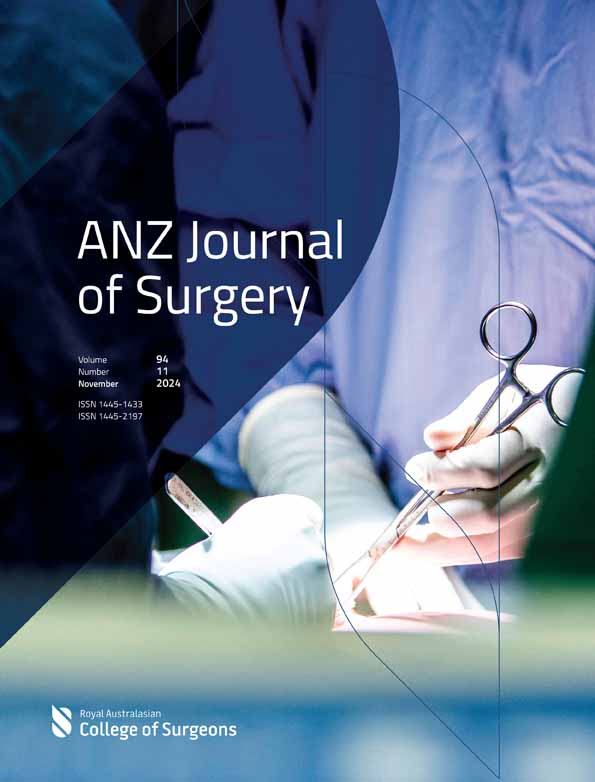Serving Queensland: reflecting on geographical access to the pelvic exenteration service in Queensland
This study was presented as a poster at the RACS ASC in Christchurch 2024 for which the abstract was published.
Abstract
Background
Pelvic exenteration for rectal cancer involves a radical multi-visceral resection to improve complete surgical clearance, and access is limited within Queensland.
Methods
A retrospective review of a prospective database of the referrals to the pelvic exenteration service in the Royal Brisbane and Women's Hospital from 2009 to2023. Geographic, as well as clinical and demographic information was collected.
Results
One hundred and seventy six patients were referred to the pelvic exenterations service. In total 93 patients were referred from a major city, 52 from inner regional areas, and 31 from outer regional or remote areas. One hundred and three referred patients (58.5%) proceeded to surgery, significantly more of whom were referred from a major city (P < 0.001). Of the patients referred from outer regional, inner regional, and major cities, a similar proportion of patients proceeded to surgery (55%, 52%, and 63.4%). Patients not proceeding to surgery in major cities and inner regional areas were most commonly unfit to proceed, whereas in outer regional areas most patients decided against surgery (61.5%). In the 14-year period, overall referrals increased, with inner regional referrals increasing the most over time. Overall survival was not significantly impacted by remoteness.
Conclusion
Awareness of the pelvic exenteration service in regional Queensland may have resulted in less referrals to the service. It is important to confirm a broad-reaching service to optimize patient care.
Conflict of interest
None declared.




